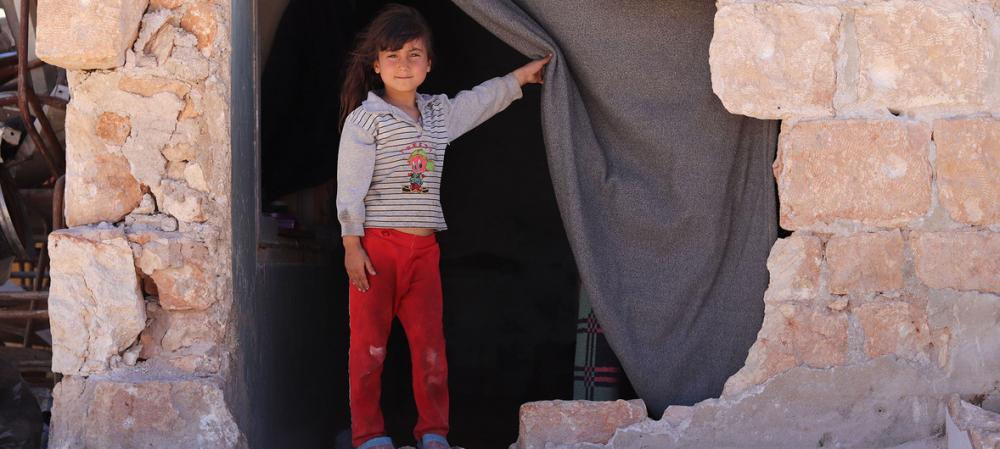Just Earth News | @justearthnews | 20 Jul 2018, 09:53 am Print

New York: After close to three years of siege, 6,900 women, children and men were finally able to leave the Syrian towns of Foah and Kafraya over the past few days, following a local agreement between parties to the conflict.
The two largely Shia pro-Government towns, in the mostly rebel-held Idlib Governorate, had been besieged by non-state armed groups since October 2015, and people trapped there have been in dire need of life-saving assistance, including food and medical care. The United Nations has not been able to deliver humanitarian assistance to the towns since September 2017.
The civilians were escorted out by the Syrian Arab Red Crescent to the Al-Eiss crossing in southern rural Aleppo Governorate. In addition, 17 persons in need of urgent medical care, were brought to hospitals in Aleppo city, accompanied by 21 family members.
On Monday, it was reported by the Office for the Coordination of Humanitarian Affairs (OCHA) that another 430 conflict-affected Syrians were evacuated from Dara’a Governorate to northern Syria, also following an agreement by parties to the conflict. Humanitarian agencies on the ground are responding to the best of their capacities to the most urgent needs in the various reception areas.
“The United Nations was not party to the negotiated agreement or its implementation, but stands ready to provide all people in need with humanitarian assistance wherever they are,” said UN Deputy Spokesperson Farhan Haq during a press briefing at UN Headquarters on Thursday, as he stressed that “any evacuation of civilians should be safe, voluntary, well-informed and to a place of their own choosing” and that “all people displaced through such agreements must retain the right of return as soon as the situation allows”.
As needs assessments are ongoing in areas where control has recently changed, humanitarian organisations have started delivering basic help. This week, convoys brought life-saving aid to 19,500 people in dire need in and around Beit Jin (Rural Damascus governorate), to 15,000 people in Nassib and Um Elmayathen (Dara’a governorate), and to 89,000 people in the Al-Houla area (Homs governorate) and the Harbnafseh area (Hama governorate). For Beit Jin, this was the first time that aid reached the formerly besieged area since 2013.
The humanitarian crisis in Syria, now in its eighth year, continues to be characterized by unparalleled suffering, destruction and disregard for human life. Some 13.1 million people require critical aid, including close to 3 million people trapped in besieged and hard-to-reach areas. Despite enormous challenges, the UN and its humanitarian partners continue to deliver life-saving assistance and support to millions of people across the country every month.
UNICEF/UN0207849/Al-Issa
- New form of 'religious fascism': Bangladesh students, cultural activists protest arrest of Baul singer for hurting religious sentiments
- NY Mayor-elect Mamdani backs Starbucks strike: 'No Contract, No Coffee'
- Unprecedented housing emergency hits Ukraine — Millions struggle for shelter amid ongoing conflict against Russia
- Israel-Hamas crisis: Nearly every child is showing signs of trauma after years of conflict in Gaza, shows report
- Baloch Martyrs’ Day in Berlin: Activists slam Pakistan, demand ‘Free Balochistan’



-1763561110.jpg)


